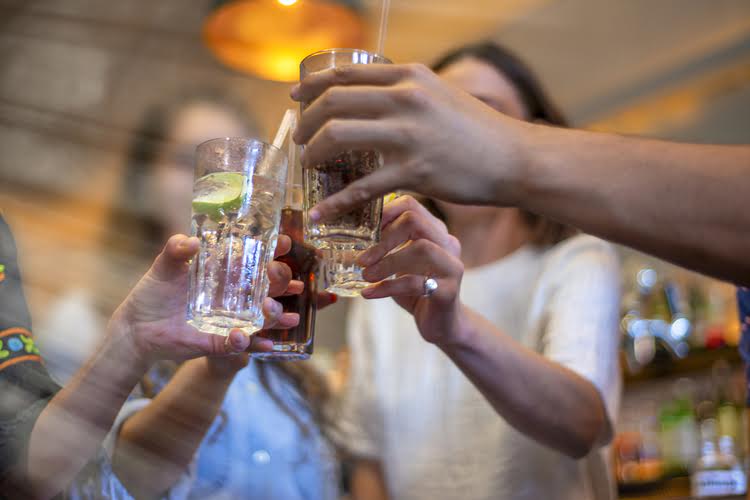- 13 de maio de 2022
- Posted by: B@dyfit@admin
- Category: Sober living
However, there might be a small risk of some other issues from drinking after Botox. Some people may also experience night sweats due to alcohol withdrawal syndrome or alcohol intolerance. Additionally, research has shown that alcohol may alter the composition of helpful microorganisms in your gut. These organisms play a crucial marijuana addiction role in your gut and immune system function. Alcohol can deprive you of the energy and mental focus you need to go through the following day.

Preventing Alcohol-Induced Bruising
This allows the body to calm its immune response, rehydrate, and begin repairing affected tissues. Drinking triggers the immune system, causing tissues to swell, blood vessels https://ecosoberhouse.com/ to expand, and inflammatory chemicals to increase. Repeated or heavy alcohol use keeps the body in a constant state of inflammation, which can intensify existing health problems. In this case, you should go see your doctor to find out what’s going on.

Can certain skin types be more susceptible to alcohol-induced bruising?
- If you’re aware that drinking is causing health problems, such as liver issues and bruising from alcohol, but you’re unable to stop drinking on your own, it’s time to seek treatment.
- Reducing weight if you’re overweight, eating a healthy diet, and regular exercise can help someone with early ALD who has stopped drinking decrease their risk of advanced liver disease.
- You can take some simple steps to help ease the pain, as well as to help the bruise heal faster.
Over time, this chronic inflammation can lead to premature aging of the skin and increased risk of skin conditions like rosacea and eczema. When we consume alcohol, our body goes through a process of metabolizing it. During this process, the liver produces toxins that can cause inflammation and damage to our skin cells. This leads to dehydration and reduced blood flow to the skin, resulting in dryness and dullness. Additionally, alcohol also depletes essential vitamins and minerals from our bodies, which play a crucial role in maintaining healthy skin.

Short-term effects
And the more you drink, the more your blood coagulation and swelling will continue to be problematic. On the other hand, if you drink little or, better yet, abstain from alcohol completely after an injury, you can speed up the recovery process. Alcohol also hampers the body’s ability to produce platelets, which are essential for blood clotting. Without an adequate blood clot, the bruise may take longer to heal and may be more prone to further injury.
Can alcohol thin the blood?
Nerve damage typically affects the axons, which are the projections that send electrical signals from one nerve to another. It also impacts the myelin, which is the fatty coating that protects the nerves. Rubbing alcohol on swollen areas is not only ineffective but may also be harmful.
- The findings were published in the August 2010 issue of the journal “Archives of Dermatology.”
- Treating alcohol-induced skin problems requires a comprehensive approach that includes addressing alcohol misuse.
- Remember, taking care of your skin goes beyond just avoiding alcohol-related skin rashes.
- Understanding how alcohol affects the skin can emphasize the importance of moderation and mindful consumption.
How long does it typically take for a bruise to heal?
Avoiding excessive amounts of alcohol is the primary way to prevent alcoholic neuropathy. If you notice you are developing signs of alcoholic neuropathy (such as numbness after drinking alcohol), in addition to seeing do alcoholics bruise easily a physician, try to stay away from alcohol altogether. If you are having difficulty avoiding alcohol, there are resources that can help you quit. Yes, alcohol can exacerbate swelling in people with certain medical conditions, such as liver or kidney disease. It can worsen inflammation and interfere with the body’s natural healing processes. Alcohol further strains your body’s ability to produce healthy red blood cells, leading to increased fatigue and a slower recovery from anemia.

